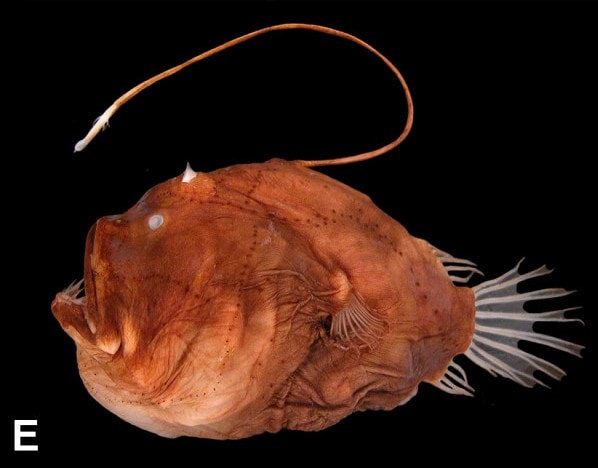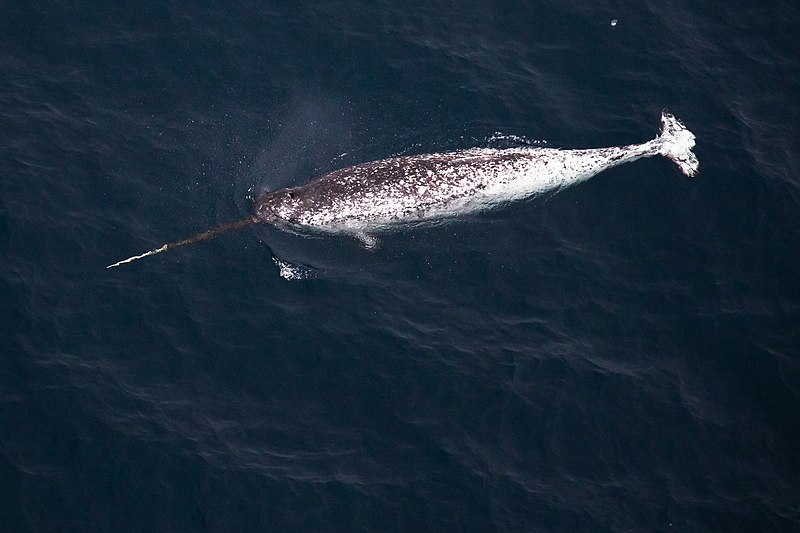The 8th June 2022 is World Oceans Day, so I’d like to celebrate it by talking about some incredible ocean predators.
Over 70% of our planet is ocean and this is divided into 5 oceans even though they are all linked together. These are the Arctic, Antarctic, Atlantic, Pacific and Indian. The Antarctic is also known as the Southern Ocean.
As you venture into the depths some bizarre creatures emerge and many of them are predators.
Atlantic and Antarctic Oceans
Found mostly in the Atlantic and Antarctic Oceans, one such individual is the anglerfish, which lives up to its name as it uses a lure to catch its prey. What is less known is that only the females possess this lure.
It is in fact a piece of dorsal spine that hangs over their mouth. The end is luminous which down in the deep attracts food directly to their mouth. A vast mouth with very sharp, translucent teeth. There are in fact over 200 different types of anglerfish ranging in size from 1ft to 3.3ft and there’s not a looker among them.

Pacific and Indian Oceans
In the Pacific and Indian Oceans, you will come across a peculiar name, wobbegong. This refers to 12 species of carpet sharks. They’re so named for their mottled skin which helps them camouflage on the ocean floor. Unlike sharks like the great white, they do not need to move around to breathe. Therefore, they can lie in wait on the ocean floor until an unsuspecting meal comes their way.

Arctic Ocean
As for the Arctic Ocean I feel the narwhal is worth a mention. Many will have heard of them, maybe even their nickname, unicorn of the sea but luckily they are a little less elusive than actual unicorns.
Their characteristic horn is usually found on males. It is in fact a tooth that has grown up to 10 ft long. Some believe it may also be capable of sensing things like salt content in their surroundings.

Proboscis or ribbon worms are unsegmented worms that possess a proboscis. They shoot this out at their prey with some force and speed. Some species include a paralysing toxin they inject through a stylet from this appendage. They are then able to release their victim and simply wait for it to die. While most of these are small, the smallest being 1cm, the largest has been found at lengths of 30m.
While these are some truly unusual creatures, the truth is that only about 20% of the world’s oceans have actually been fully explored. Who knows what else could lurk even further down.


